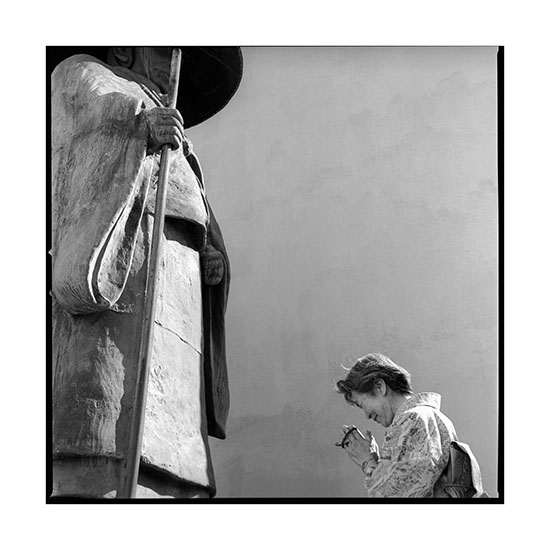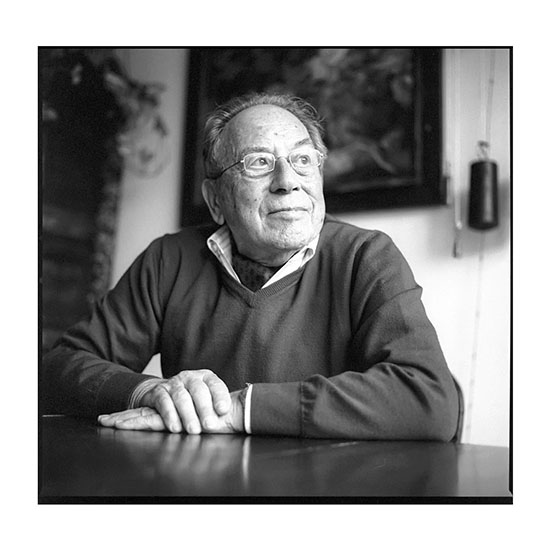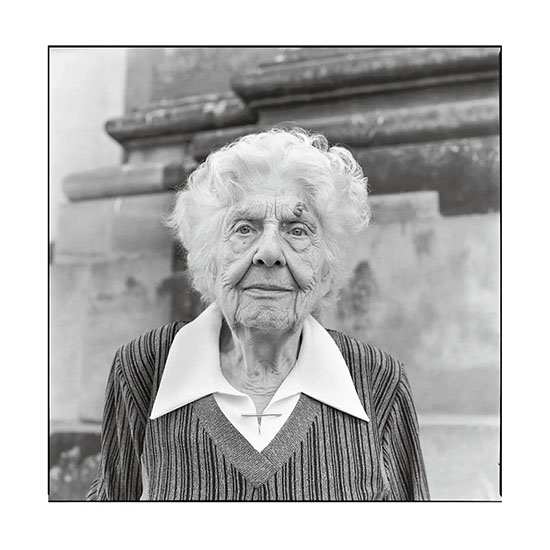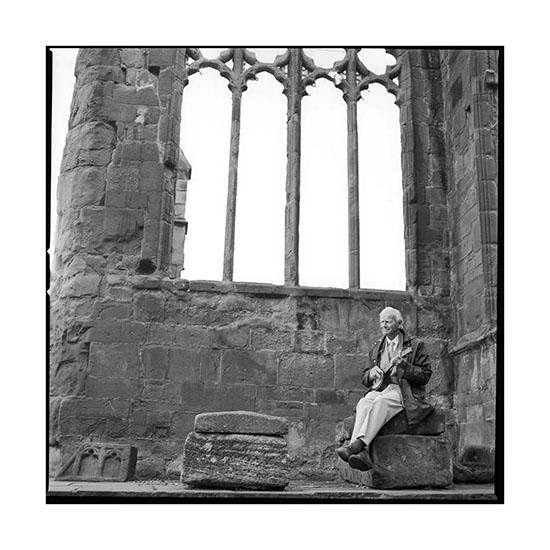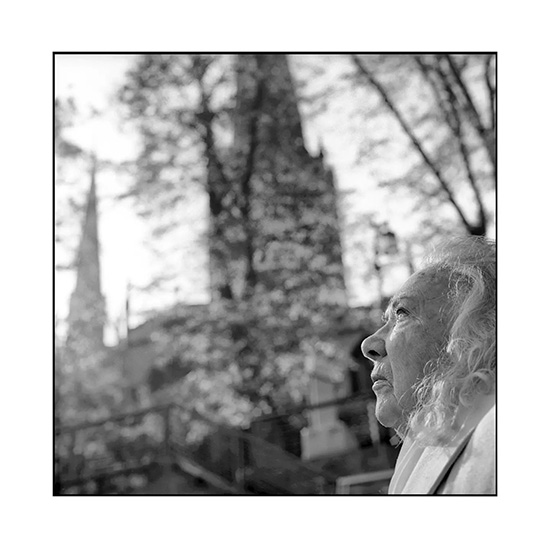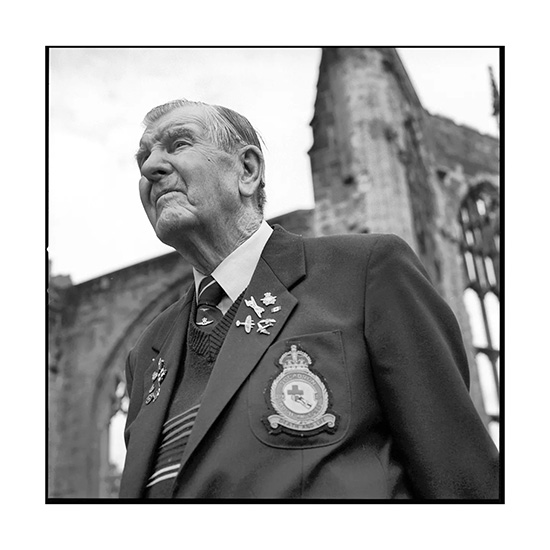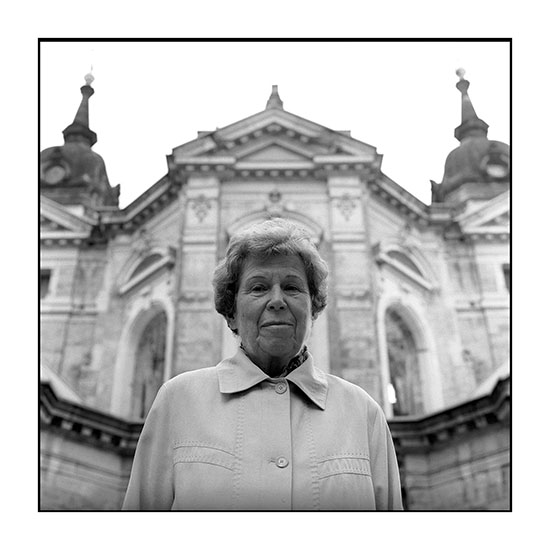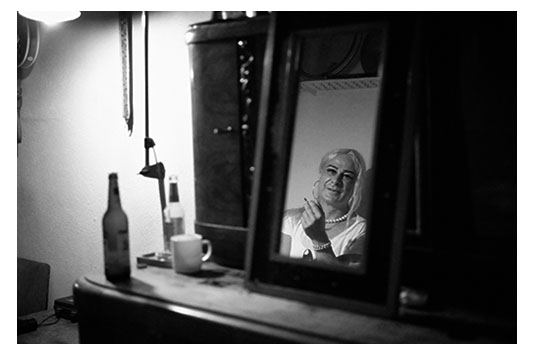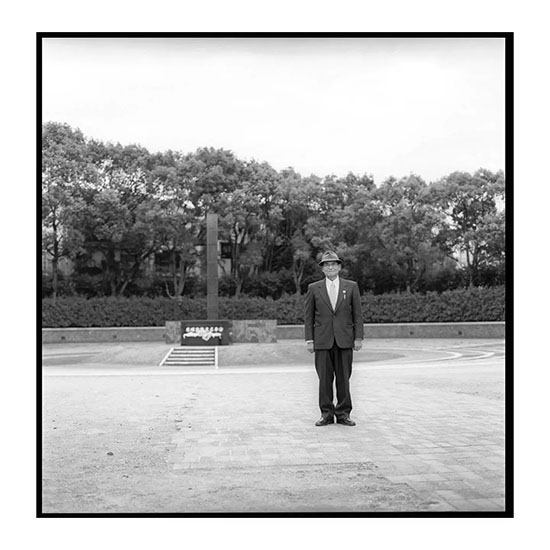…December 1st, World AIDS Day…On October 13th, 1996, the entire AIDS Memorial Quilt was displayed on the National Mall in Washington, DC, for the last time. It was unbelievably sad to see how massive it was. Each small quilt was made for a person who has passed away from AIDS. The quilt was laid from the Capitol to the Washington Monument. A large amount of space. The names on the quilts spanned all demographics and ages; male, female, young, elderly, middle age, children, husbands, wives, lovers, partners, friends, artists, business people, a few famous people and mostly ordinary people who were loved by someone. I remember wanting to find the quilt made for Freddie Mercury, but as soon as I saw the landscape, I realized that its entirety was more important than finding just one in a sea of millions.
The AIDS Quilt is the largest piece of community art ever shown. The enormous size of the project demonstrates how serious a problem AIDS/HIV still is. I wish the quilt would still be exhibited every year so we don’t have the excuse of saying AIDS/HIV was a problem for a brief moment, affecting only certain people. It’s easy to believe stereotypes when you’re wearing blinders.
Today, there is barely a mention of AIDS. AIDS still ends too many lives. I don’t want to forget those who have been affected. A few of my friends succumbed to AIDS; they just disappeared into the ether because they kept their illness a secret to avoid the stigma. I lost some friends who were HIV positive to suicide that was a result of the culture of ignorance and intolerance allowed to fester. I miss them, and they should still be here, selfishly making me a better person

